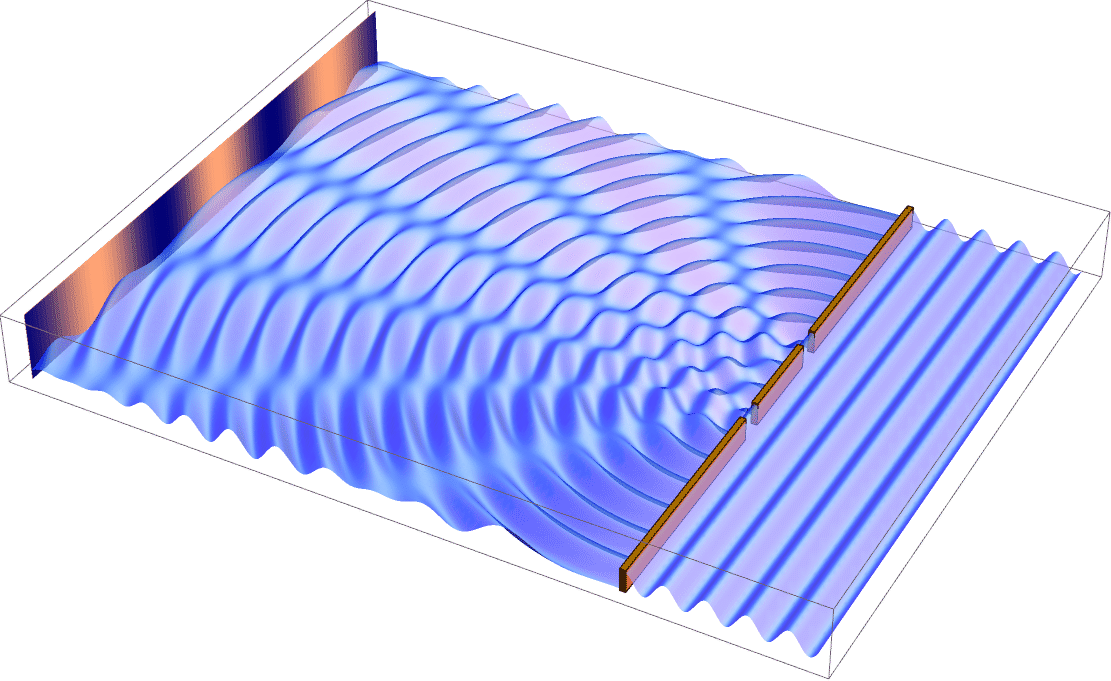Wave or Particle or Both: Quantum Mechanics And The Nature Of Light



Since the groundbreaking experiments of Isaac Newton
(1643-1727) concerning the nature of light, there was a battle over the question whether light is a wave (left panel) or consists of discrete particles (middle panel). Newton adhered to the idea of particles, whereas his contemporary Christiaan Huygens
(1629-1695) promoted for the idea of the wave nature of light. The decisive experiment was the double slit diffraction by Thomas Young
(1773-1829): By sending light through two small apertures (double slit), he observed an interference pattern on a screen placed sufficiently far away from these apertures (see left panel). This could be only explained by assuming that light is a wave. However, this was again called into question with the explanation of the photoelectric effect by assuming a particle nature of light, see previous box on this page. But how to explain that particles passing though a double slit produce an interference pattern on a screen? One of the best explanations of such a strange behavior comes from Richard Feynman
(1918-1988): He assumed that each particle can take simultaneously infinite many different paths from its source to the screen, thus passing through both slits. On the screen, these multitude copies of the same particle interfere with each other and generate the interference pattern. Mathematically, this is described by Feynman's ingenious path integral approach to quantum mechanics.